Summary
- Dune: Prophecy is an HBO series that fills the void for Dune fans post Villeneuve’s adaptations.
- Dune: Prophecy introduces the Bene Tleilax, a group known for genetic engineering and pivotal to upcoming Dune content.
- Face Dancers, like Sister Theodosia, play a significant role as shapeshifters in Dune: Prophecy and beyond.
Denis Villeneuve’s Dune and Dune: Part Two have come and gone. The pair of movies revitalized the 1965 novel, prompting fans to go out and experience the franchise in its original form. And while the book series will always be there for those interested, there was nothing left for moviegoers after the second film. It was like an empty desert with only the sound of wind to keep them company. That was, at least, until Dune: Prophecy hit the small screen.
The series debuted in November 2024 on Max, and filled a void for those newfound fans. There were skeptics, because it wasn’t Denis Villeneuve behind the camera, and it was loosely based on Brian Herbert’s Schools of Dune book series — Brian isn’t as well-respected amongst the fans as his father. Still, Dune: Prophecy was somewhat successful, creating an original character as well as an original story for audiences to enjoy. However, it seems like the Max series is doing a lot more to prepare fans for Villenueve’s upcoming Dune Messiah.
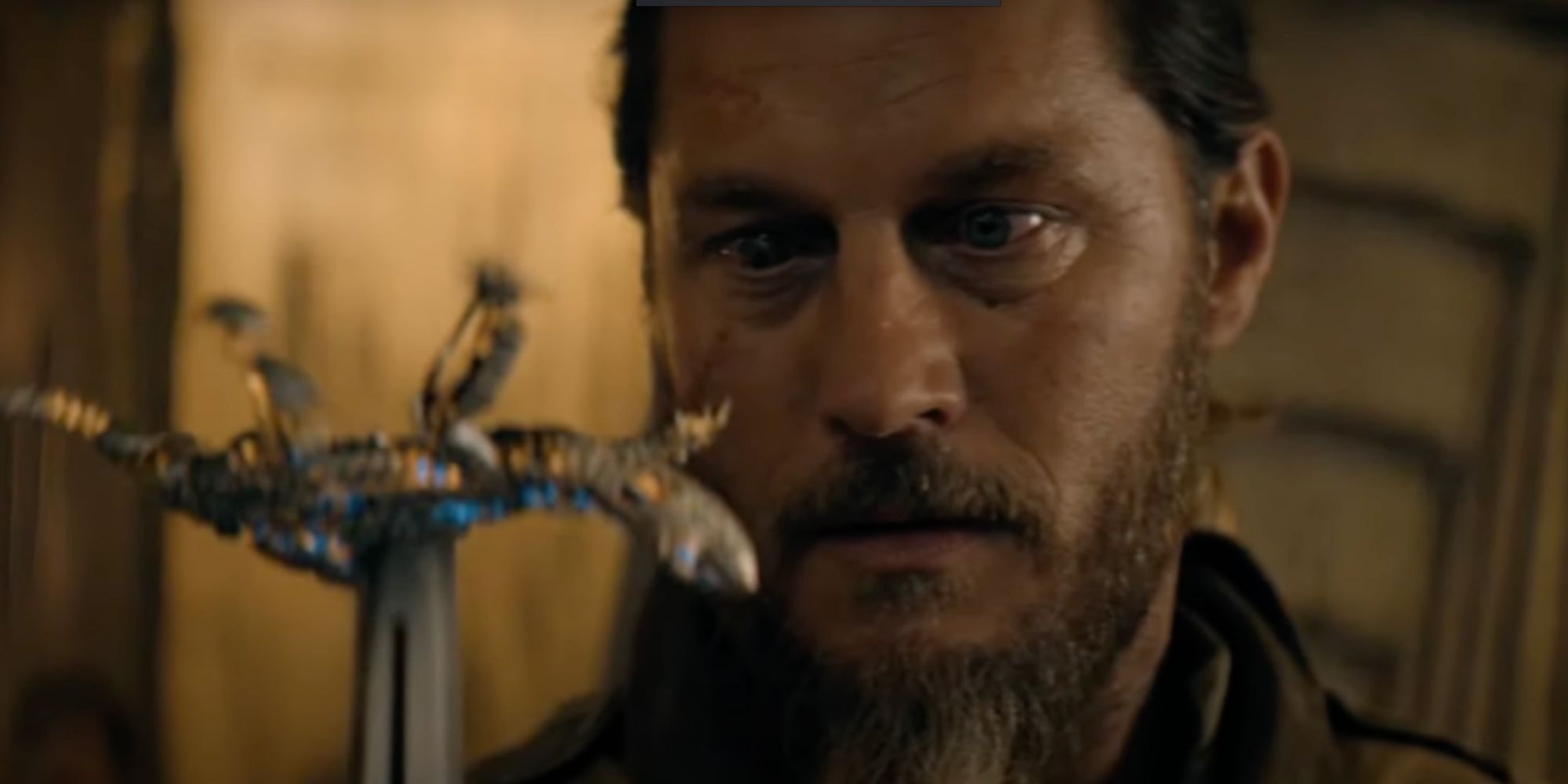
RELATED
What Are The Thinking Machines In Dune: Prophecy?
Dune: Prophecy has revealed more information about humanity’s war with the Thinking Machines.
What Was Dune: Prophecy About?
Dune: Prophecy takes place 10,000 years before the story fans know and love, and covers the origins of the Bene Gesserit, the Mentats, and the Navigators. The HBO series follows several perspectives, but mostly focuses on Valya Harkonnen positioning the Sisterhood of Truthsayers (which would later become the Bene Gesserit) as a vital organization within the imperium. She’s almost successful, too, at the start of the premiere. That is, until Desmond Hart arrives in Emperor Javicco Corrino’s throne room.
Desmond Hart was a soldier who suffered an attack from one of the giant sandworms of the noticeably absent Arrakis. His entire unit was wiped out, yet somehow he survived. When Valya interrogates him at the palace, he simply states:
Shai-Hulud took my eye, and granted me with the gift to see what even you cannot.
His claims are brushed off until important people start dying in peculiar ways, starting with Pruwet Richese, a young boy engaged to Ynez Corrino, the Emperor’s daughter. While the young Richese boy seems to burn from the inside out, Reverend Mother Kasha Jinjo dies in the very same manner on Wallach IX, lightyears away from where the Richese boy perished.
Desmond doesn’t hesitate in claiming responsibility for Pruwet’s demise, and goes as far as to make a show of his ability to publicly execute members of the Landsraad who intended to act against the emperor. His ultimate goal is to exterminate the Sisterhood, as he believes they hold too much power and hold humanity back.
By the end of the season, the audience learns the origins of Desmond Hart’s powers as some kind of thinking machine removes one of his eyes, injects nanites into the optic nerve, and replaces it, giving him the ability to control what is called the fear virus. It’s unknown if Desmond is spreading the virus or if it already exists within people, but he’s using it to eliminate anyone he deems a threat to the imperium. More importantly, who is the shadowy organization behind Desmond’s newfound powers?
What Is The Bene Tleilax, & How Is It Involved In Dune: Prophecy?
While it’s difficult for any one faction within the Dune universe to stand out as a shining beacon of morality, comparison to the Bene Tleilax will leave any other party looking as honorable as Gandalf the White. The Bene Tleilax, or Tleilaxu, have zero scruples and won’t hesitate to take advantage of the power dynamic whenever possible. Audiences haven’t yet been introduced to the Bene Tleilax on the silver screen. Readers, on the other hand, have a good idea who this group is and what they stand for, because they are all over both Frank and Brian Herbert’s novels.
The Bene Tleilax are masters of genetic engineering. They’re also so xenophobic that they give Warhammer 40K’s Space Marines a run for their money. One commodity the Bene Tleilax offers its customer base are twisted Mentats. The Dune appendices describe mentats as:
A class of Imperial citizens trained for supreme accomplishments of logic.
Typical mentats have regulated behavior to keep them moral. A twisted mentat, though, is not morally limited and instead is altered to fit their buyer’s demand. Baron Vladimir Harkonnen’s mentat assassin, for example, was a twisted mentat.
Another significant commodity the Tleilaxu were responsible for creating is gholas. A Ghola is essentially a clone, but the Bene Tleilax can alter it with different features, including behavioral characterstics or the ability to fulfill a task after a key word or phrase is uttered. Gholas don’t retain the memories of their source DNA, although the Bene Tleilax did later discover a way for gholas to restore the original’s memories.
So, how does the Bene Tleilax play a role in Dune: Prophecy? It is likely that the shadowy group responsible for Desmond Hart’s newfound abilities is the Tleilaxu. It’s a group cemented in genetic engineering that skirts the Imperium’s laws, using thinking machines to further their agenda.
The Bene Tleilax’s Large Role in Dune Messiah
Dune Messiah isn’t nearly as long of a book as any of the others in Frank Herbert’s series, but it’s a critical installment that builds upon the universe he created. By the time it starts, Paul Atreides has cemented his place as Emperor of the Known Universe and rules his Imperium from Arrakis with an iron fist. Frank wrote the sequel to drive home the point that charismatic leaders should be scrutinized. Herbert shows readers the exact kind of leader Paul has been for the Fremen and the rest of the Imperium in the first few pages, in which someone is executed for questioning Paul’s actions.
The Landsraad was already uneasy with Paul’s leadership, though he wouldn’t hear of it. The only people who seemed to benefit from the new emperor were the Fremen, but there were even pockets of them who questioned the Lisan al-Gaib. Dune Messiah centers around a shadowy cabal working to oust Paul and the royal family, going as far as to blow him up at one point. The cabal consisted of a Reverend Mother of the Bene Gesserit, a Navigator from the Spacing Guild, Paul’s wife and daughter to the former emperor, and a shapeshifting member of the Bene Tleilax.
Part of the conspiracy against Paul involved the Bene Tlelax gifting him a ghola of Duncan Idaho, the former Atreides swordmaster (played by Jason Momoa in Villaneuve’s Dune). The ghola, having no memories of his life as Duncan Idaho, went by the name Hayt. Though he was a genetic copy of Idaho, there were noticeable differences. First, his eyes were mechanized, metallic in appearance. He was also trained as a Mentat, giving him unparalleled logical thinking and problem-solving skills. And, as a trap, inside Hayt’s DNA was implanted a code phrase that would trigger an urge to assassinate Paul when he least expected it.
However, the Tleilaxu had their own motives regarding Hayt. While the Tleilaxu did want to end Paul’s reign, the genetic engineers also wanted to perfect their cloning process by creating gholas that retained the memories of the original. The plan was a win-win for them. Either Hayt would succeed and assassinate the Kwisatz Haderach, or they would have the first ghola to remember everything from the source’s life.
By introducing the Bene Tleilax in Dune: Prophecy, making them such a pivotal plot point, it prepares audiences for their inclusion in the next Dune installment on the big screen. Moreover, it makes Denis Villeneuve’s job easier when introducing the Tleilaxu, which could bog down the film if not done correctly.
Face Dancers Are a Big Deal
The Bene Tleilax don’t limit their expertise to creating clones. They also create shapeshifters, which audiences got to witness in Dune: Prophecy with Sister Theodosia. These shapeshifters are known as Face Dancers. However, Theodosia is a bit of an anomaly, since the books never say Face Dancers existed 10,000 years before even the birth of Paul Atreides. It will be interesting for the show to dive more into her backstory.
Face Dancers are a sterile race of transhumans created in the same axolotl tanks as the gholas. They play a prominent role in Dune Messiah and the subsequent novels, acting as representatives for the Tleilaxu. The first Face Dancer readers met was Scytale in Dune Messiah, who brought Hayt as a gift to Paul and disguised himself as a number of other characters throughout the short novel. He also challenged a blind Paul head-on, threatening the lives of the newborn twins, Leto Atreides II and Ghambina.
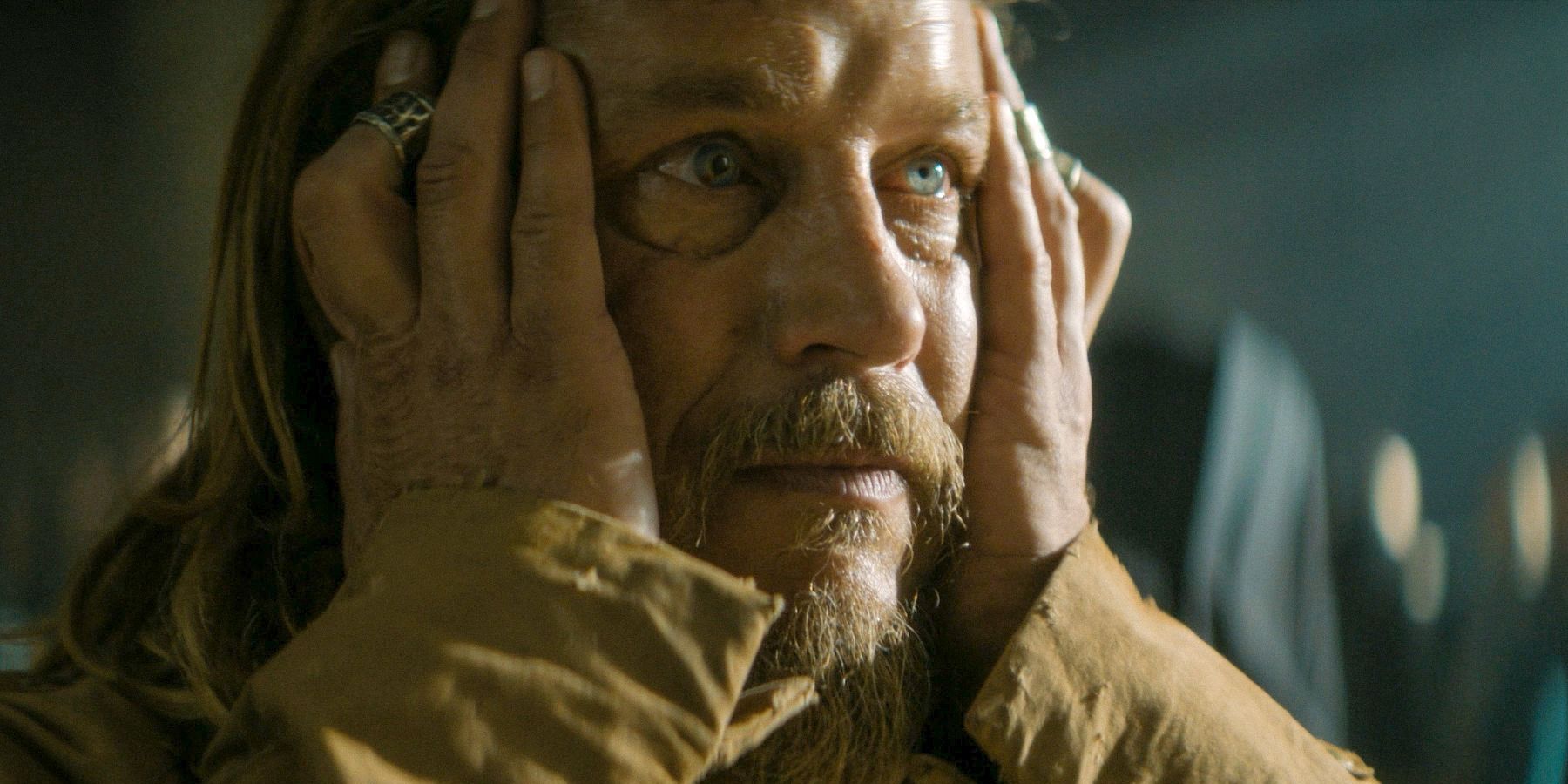
MORE
Dune: Prophecy’s Big Revelation, Explained
Episode 5 dropped a bombshell reveal at the end. But what does it mean?
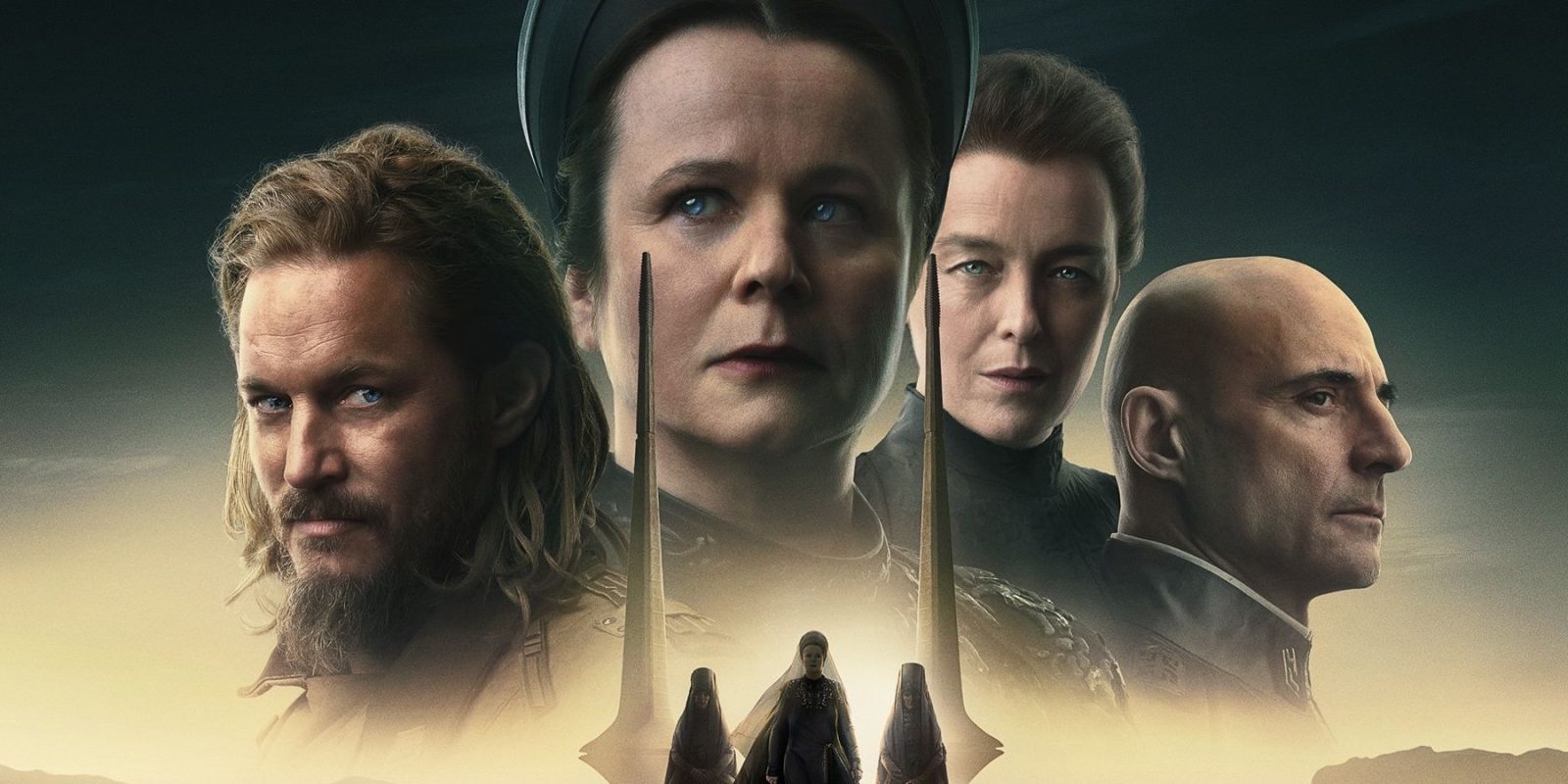
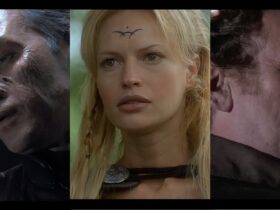
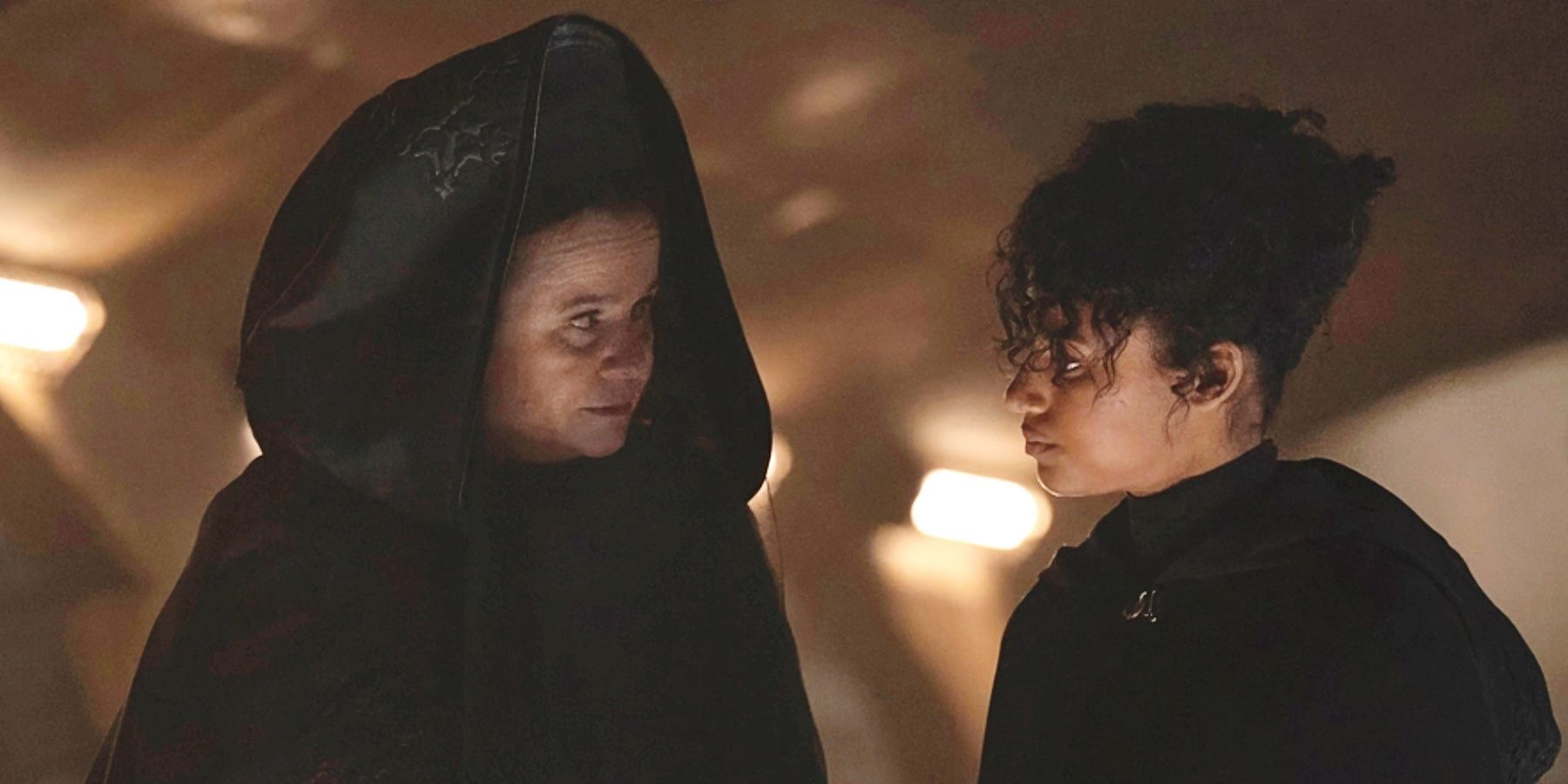
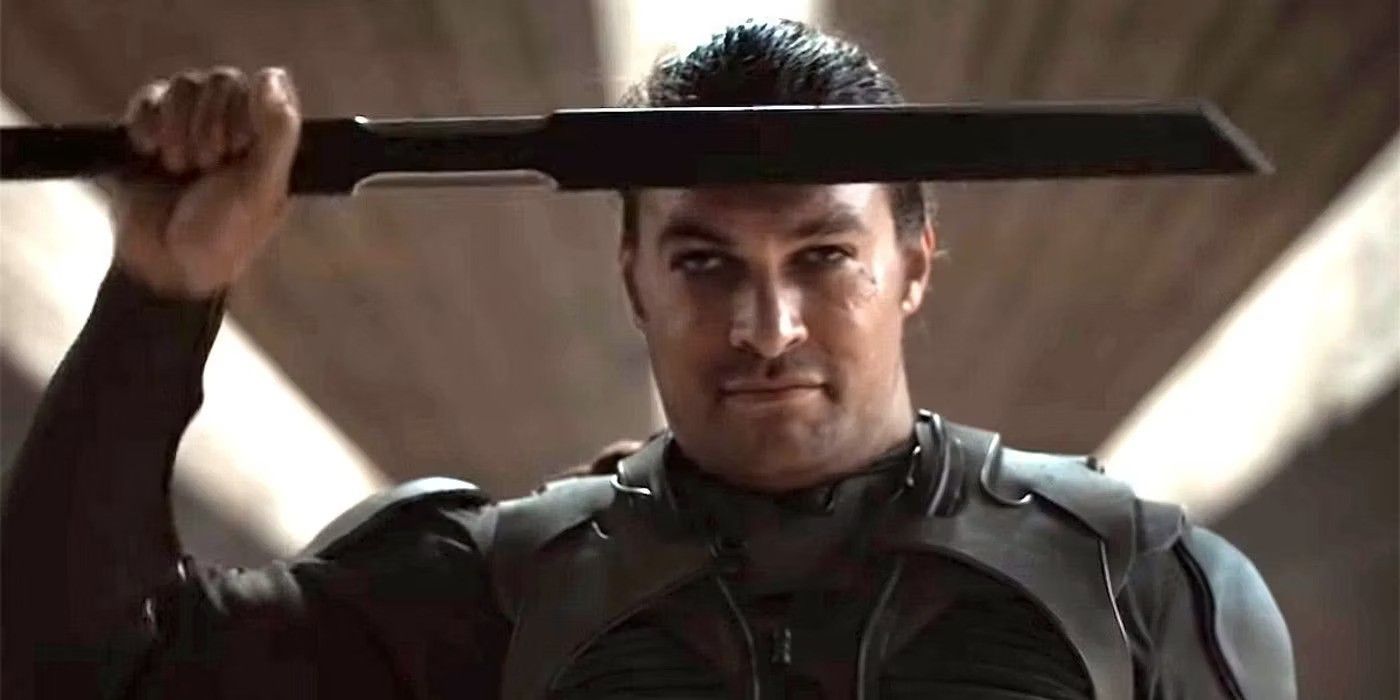
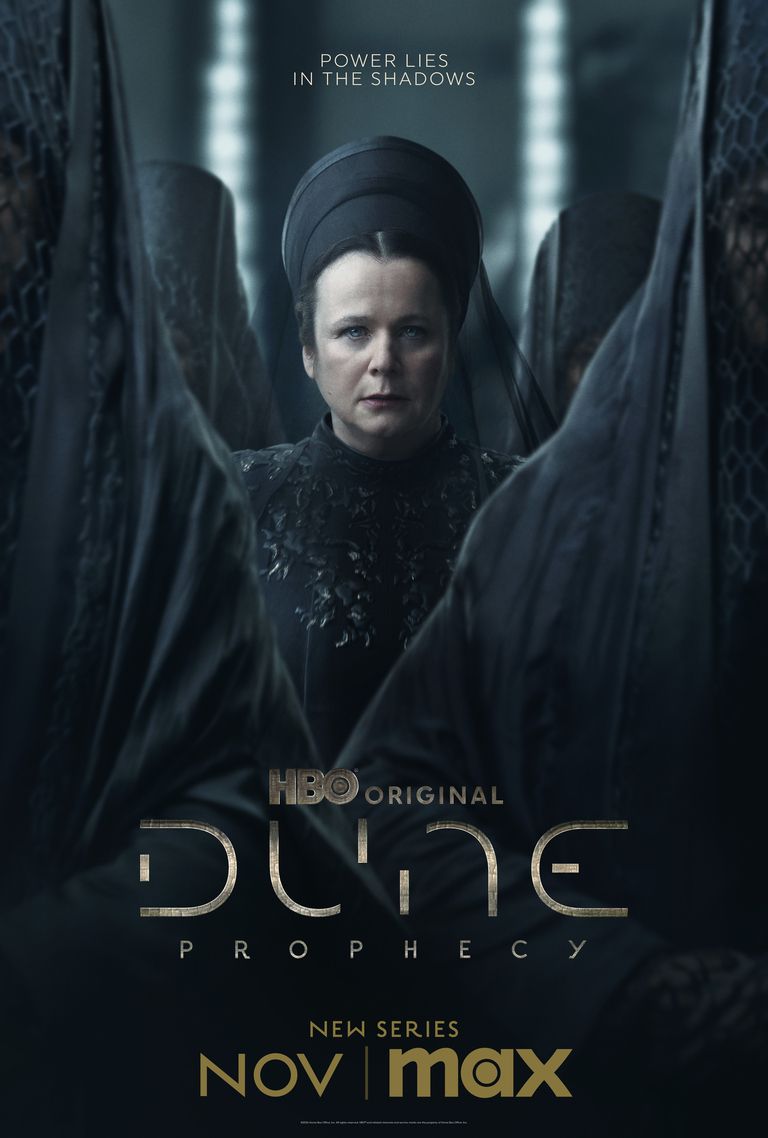




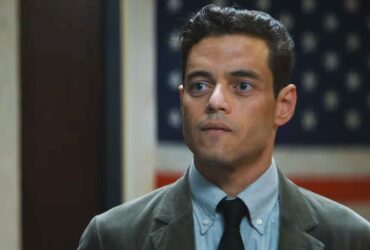
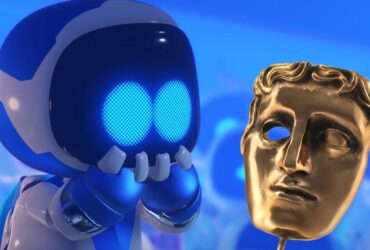
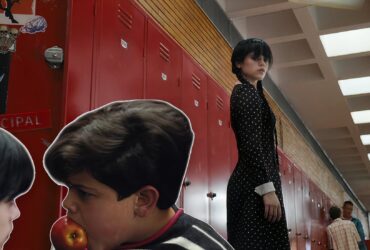


Leave a Reply